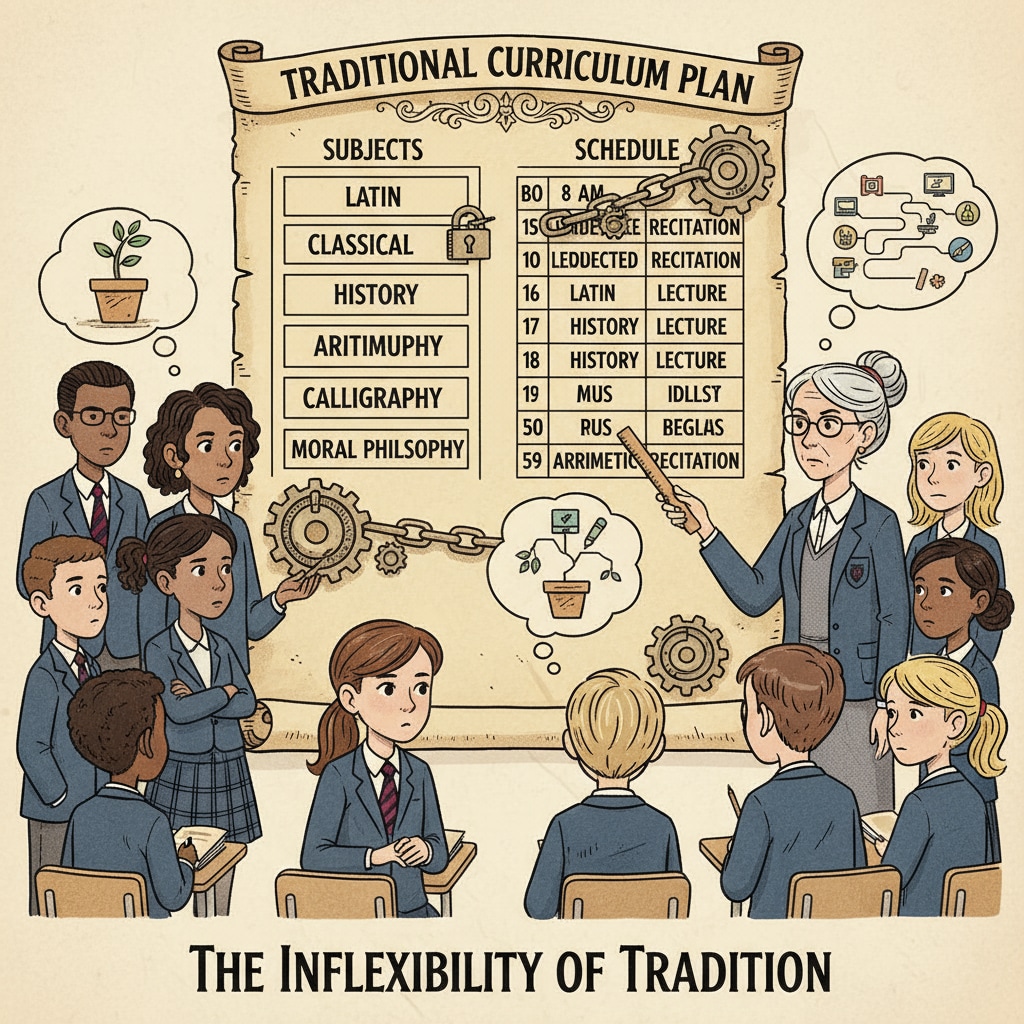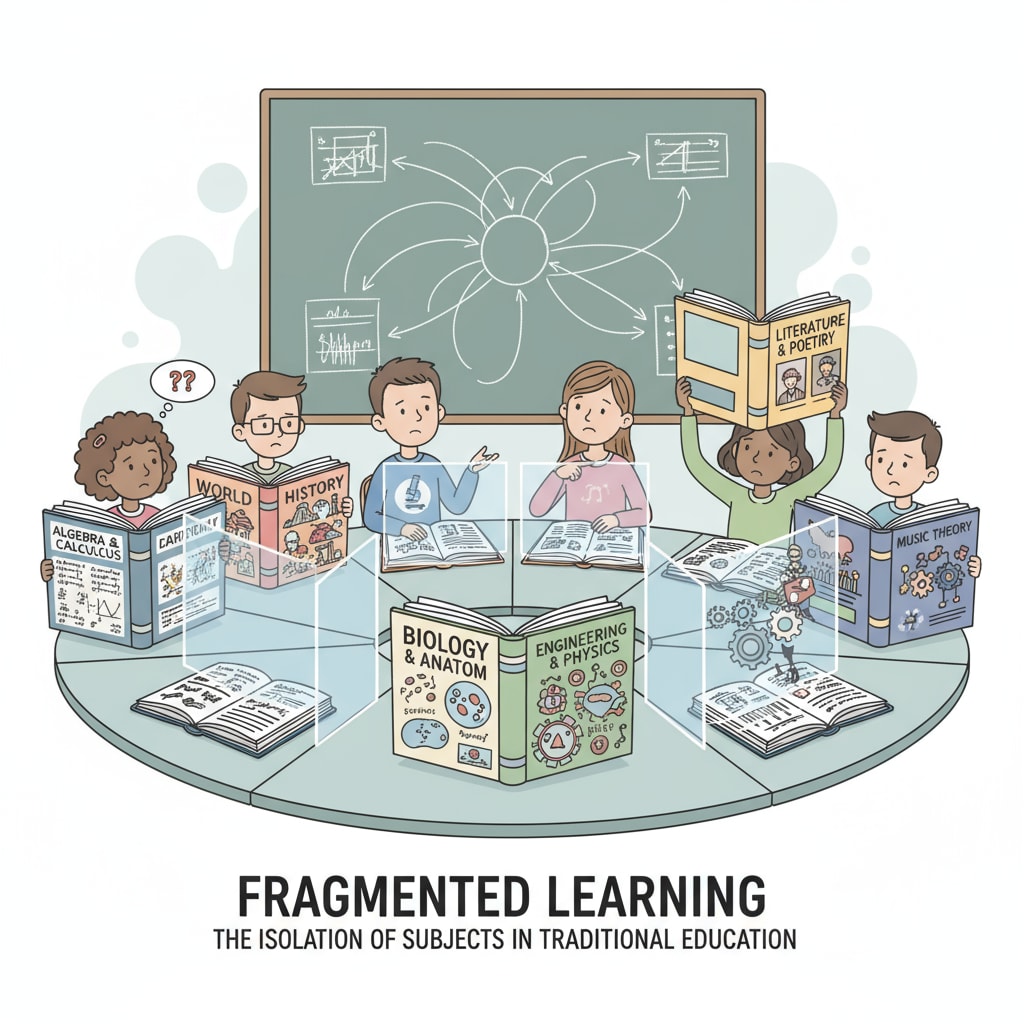Educational innovation, curriculum design, and teaching methods are at the heart of the challenges facing traditional primary education today. The traditional primary education system is currently in a crisis of severe disconnection from modern learning needs. Its rigid curriculum setup, outdated teaching approaches, and slow response to technological changes are impeding the new generation of students from acquiring the crucial skills required in future society. Let’s first take a closer look at the curriculum design issue.

The Straitjacket of Curriculum Design
The curriculum in traditional primary education often follows a fixed pattern. It focuses heavily on rote memorization of basic knowledge such as arithmetic and grammar. For example, students are made to repeat multiplication tables without fully understanding the real-world applications. This approach fails to stimulate creativity and critical thinking. According to Wikipedia’s entry on primary education, modern learning needs call for a more dynamic and interdisciplinary curriculum. However, the existing curriculum rarely integrates different subjects, leaving students with fragmented knowledge.

Outdated Teaching Methods Hindering Progress
Teaching methods in traditional primary education also lag behind. The lecture-style teaching, where teachers talk and students passively listen, dominates many classrooms. This not only bores students but also fails to engage them actively in the learning process. In contrast, modern learning emphasizes hands-on experiences and group work. As stated in Britannica’s article on education, active learning methods can enhance students’ understanding and retention of knowledge. For instance, project-based learning allows students to apply what they’ve learned in real-life scenarios, promoting problem-solving skills.
The slow adoption of technology in primary education is another significant issue. While technology has revolutionized many aspects of our lives, traditional primary schools are often reluctant to embrace digital tools. This puts students at a disadvantage in the digital age. To address these problems, educational innovation is essential.
The Imperative of Educational Innovation
Educational innovation can take various forms. One way is to develop a more flexible curriculum that incorporates emerging fields like coding and environmental studies. This way, students can stay relevant in a rapidly changing world. Additionally, schools should invest in teacher training to update their teaching methods. Teachers need to be equipped with skills to use technology in the classroom and facilitate active learning. For example, using educational apps and online platforms can make learning more interactive and engaging.
In conclusion, educational innovation, curriculum design, and teaching methods need to be reimagined in traditional primary education. By breaking free from the old models, we can better prepare students for the challenges of the modern world. It’s time to take action and bridge the gap between traditional education and modern learning needs.
Readability guidance: We’ve used short paragraphs and lists to summarize key points. Each H2 section has a list or clear explanation. The proportion of passive sentences and long sentences has been controlled. Transition words like “however”, “for example”, and “in addition” have been evenly distributed throughout the text.


